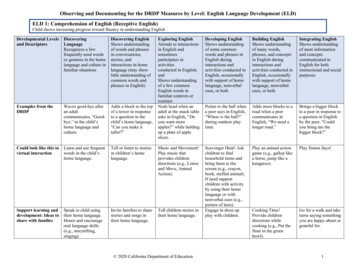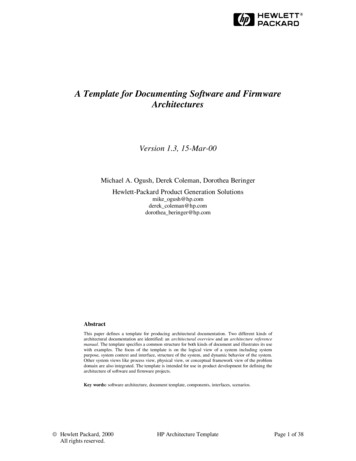
Transcription
A Template for Documenting Software and FirmwareArchitecturesVersion 1.3, 15-Mar-00Michael A. Ogush, Derek Coleman, Dorothea BeringerHewlett-Packard Product Generation Solutionsmike ogush@hp.comderek coleman@hp.comdorothea beringer@hp.comAbstractThis paper defines a template for producing architectural documentation. Two different kinds ofarchitectural documentation are identified: an architectural overview and an architecture referencemanual. The template specifies a common structure for both kinds of document and illustrates its usewith examples. The focus of the template is on the logical view of a system including systempurpose, system context and interface, structure of the system, and dynamic behavior of the system.Other system views like process view, physical view, or conceptual framework view of the problemdomain are also integrated. The template is intended for use in product development for defining thearchitecture of software and firmware projects.Key words: software architecture, document template, components, interfaces, scenarios. Hewlett Packard, 2000All rights reserved.HP Architecture TemplatePage 1 of 38
Table of ContentTable of Content . 21.Overview. 32.The Role and Content of Architectural Documentation. 33.Template for Architectural Documentation . 53. 1Introduction Section. 53.2System Purpose Section. 63.2.1Context Section. 63.2.2System Interface Section . 73.2.3Non-Functional Requirements Section . 83.3Structure Section. 103.3.1Overview Section. 103.3.2Components Section . 143.3.3Interfaces Section . 163.4Dynamic Behavior Section . 193.4.1Scenarios Section . 193.4.2Mechanisms Section . 233.5Other Views Section . 253.5.1Process View Section. 253.5.2Development View Section. 263.5.3Physical View Section. 263.6Conceptual Framework Section . 273.7Conclusion Section. 294.Conclusion and Acknowledgments.305.References .30Appendix A: Outline Summary .31Appendix B: Conformance to the IEEE Recommendation for Architectural Description.33Appendix C: Glossary.35 Hewlett Packard, 2000All rights reserved.HP Architecture TemplatePage 2 of 38
1. OverviewIn recent years a realization has grown of the importance of software architecture. According to Bass et al[1], the software architecture of a system is the structure or structures of the system, which comprisesoftware components, the externally visible properties of those components, and the relationships amongthem. The IEEE recommendation [2] defines an architecture as the fundamental organization of a systemembodied in its components, their relationships to each other and to the environment and the principlesguiding its design and evolution. Software architectures are important because they represent the singleabstraction for understanding the structure of a system and form the basis for a shared understanding of asystem and all its stakeholders (product teams, hardware and marketing engineers, senior management, andexternal partners).This paper tackles the problem of how an architecture should be documented. It is a meta-document thatdefines a template for producing architectural documentation. As such it defines how to document purpose,concepts, context and interface of a system, how to specify system structure in terms of components, theirinterfaces, and their connections, and how to describe system behavior. Although the paper uses the termsoftware architecture throughout, the template has proven to be also applicable to firmware architectureswith little or no modification.The structure and content for an architectural description is given in section three of this paper. Eachsubsection of section three describes the form and content of a section of an architecture document. Thussection 3.1 of this template describes what information should be given in the Introduction section of anarchitecture document; section 3.2 describes the Purpose section of an architecture document etc. Mostexplanations are accompanied by examples taken from a (fictitious) architecture document for CellKeepernetwork management system [3].A summary of the structure of an architecture document is given in appendix A. Appendix A is the idealstarting point for everybody who wants to get a quick overview of the various elements of the architecturetemplate.Section two of this paper discusses the different contents, purposes and readerships for architecturaldocumentation and how that affects the use of the template. Appendix B shows how the architecturetemplate presented here relates to the IEEE Draft Recommended Practice for Architectural Description.Appendix C contains a glossary of important terms.2. The Role and Content of Architectural DocumentationArchitectural overview and architectural reference manualThe template can be used to produce two different kinds of architectural documentation, an architecturaloverview and an architectural reference manual.An architectural overview is aimed at providing a shared understanding of the architecture across a broadrange of people including the developers, marketing, management and possibly potential end-users. Anarchitectural overview is ideally produced early in the development lifecycle and serves as the startingpoint for the development. An architectural overview should be at a high level of abstraction. All the majorfunctionalities and components of the architecture should be described but the descriptions may lack detailand precision as they often use natural language rather than formal notations.An architectural reference manual describes an architecture in a detailed and precise manner. Unlike anarchitectural overview, an architectural reference manual is not written at one particular point in time.Rather a reference manual should be a living document that is constructed collaboratively by thedevelopment team as the development proceeds. As it develops the reference manual can be used to trackprogress of the software development and for assessing the impact of proposed requirements changes.When complete the reference manual is the basis for system maintenance and enhancements. The referencemanual should be updated as changes occur so it always reflects the actual architecture. Hewlett Packard, 2000All rights reserved.HP Architecture TemplatePage 3 of 38
A reference manual needs to be complete in the sense that every facet of the architecture should bedocumented. Although a reference manual will tend to be detailed and technical in nature the level ofabstraction and precision is likely to vary across the architecture and across different projects. Thearchitecture within very large grained components should be documented in separate architectural referencemanuals for the components. The level of completeness, formality, detail and precision used for anyparticular aspect of the architecture will depend on the associated technical or business risk.ScopingNot every architecture documentation requires all the sections described in this template. Appendix A givesa summary of all the sections and shows which ones are optional. Yet even for the mandatory sections theamount of information documented not only varies between architectural overview and architecturalreference manual, but also from project to project. The introduction section of the architecture documentlists the stakeholders and their concerns. An architecture document is complete as soon as the concerns ofthe stakeholders are met.Views covered by the architecture templateThe template has been structured according to the 4 views of the 4 1 view model of Kruchten [4]: thelogical view is modeled in the structure section and the dynamic behavior section, the process view, thephysical view and the development view are modeled in the other views section.For each view the structure of the components and the dynamic behavior, i.e. scenarios showing theinteractions of the components, are modeled. For the process, physical and development view this is donein the process, physical, or development view sections. For the logical view, it is split up into two sections:the structure section and the dynamic behavior section. Of course, the dynamic models in the differentviews must be consistent. They can be looked at as the integrating force between the various views.Logical ViewDevelopment Viewð Structure SectionðDynamicBehavior Sectionð Development ViewSectionScenariosð Process View Sectionð Physical View SectionPhysical ViewProcess ViewFigure 1: 4 1 View Model Hewlett Packard, 2000All rights reserved.HP Architecture TemplatePage 4 of 38
3. Template for Architectural DocumentationSections 3.1 to 3.7 describe the structure and content of an architecture document. For each section of sucha document it provides a description of the structure, an explanation and, in all non-trivial cases, anexample. The following notational convention is used: Syntactic structure of each part of the section is shown diagrammatically in a figure withyellow background (e.g. Figure 2), or as a table (e.g. Table 1). The normal text gives explanations of the content of each section. Examples are shown in figures with a double edge (e.g. Figure 4).Figure 2 shows the top-level structure of an architecture document. Each box names a section of thedocument and briefly describes its purpose. Introduction ArchitectureDocument Title SystemPurpose Structure author, creationdate, modificationetcproblemdescription,system interface,non-functionalrequirements(i)(ii)(iii) ConceptualFramework Conclusion mapping logicalcomponents toprocesses, filesand hardewarenodesconcepts neededfor understandingarchitecturelimitations of thearchitecture, openissues(v)(vI)(vIi) MappingLogical to OtherViews Section architecturaloverview, logicalcomponents andinterfaces DynamicBehavior how thearchitectureworks(iv)Figure 2: Sections of an architecture documentThe following chapters discuss the structure and content of each section of the architecture document.3. 1 Introduction SectionThe introduction section identifies the architecture and its stakeholders, and it records the creation andsubsequent modification to the architecture documentation. Details to be captured include: name of the architecture architecture design team and author of the architecture document with information on who tocontact to provide feedback for the architecture and its documentation creation and modification history audience and purpose selected viewpoints related documents Hewlett Packard, 2000All rights reserved.HP Architecture TemplatePage 5 of 38
As part of the introduction, the architecture document should state whether the document is an architecturaloverview or a reference manual, who the stakeholders and the intended readers are, and what the intendedpurposes of the document are. It should also record the relationship to any other documents associated withthe development of the software, e.g. System Requirements Specification, System ArchitectureSpecification, Design Specification, Internal Reference Specification, etc. Optionally1, the selectedviewpoints (see appendix B) can be listed together
architecture document; section 3.2 describes the Purpose section of an architecture document etc. Most explanations are accompanied by examples taken from a (fictitious) architecture document for CellKeeper network management system [3]. A summary of the structure of an architecture document is given in appendix A. Appendix A is the ideal

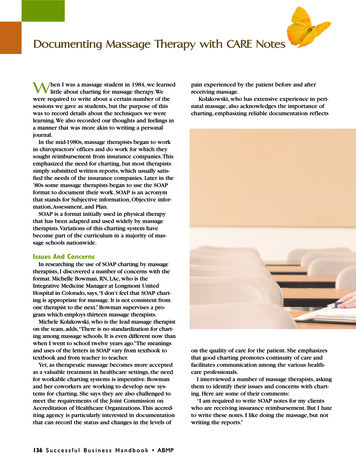
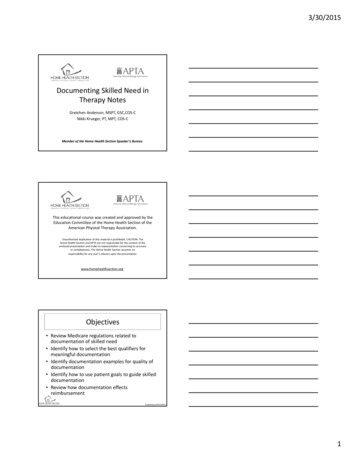
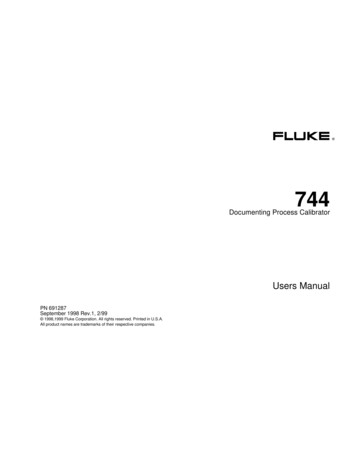
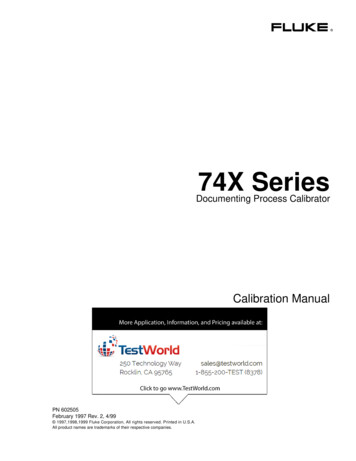
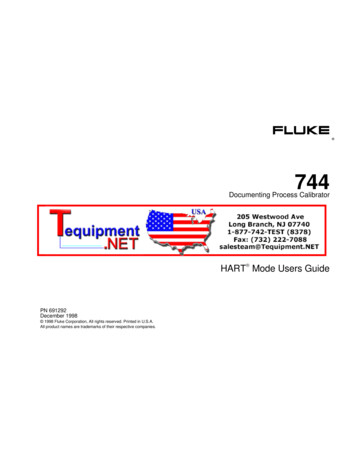
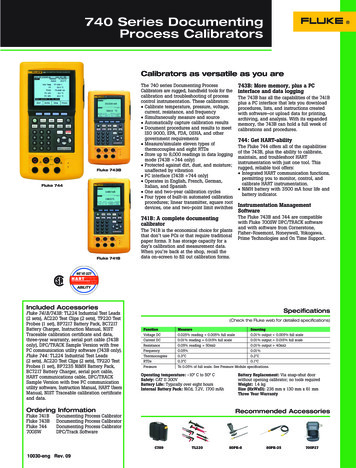
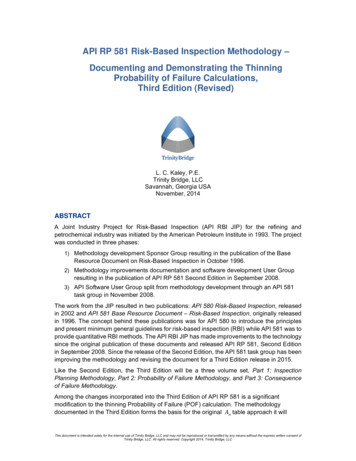

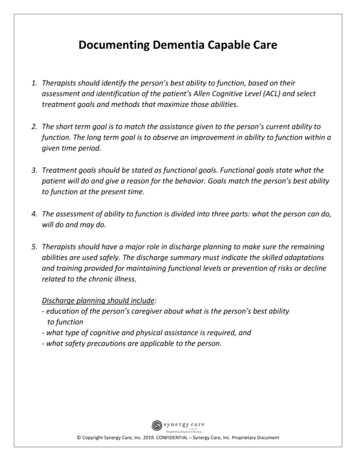
![[Final] Documenting the University of Pennsylvania’s .](/img/9/csgraubard-documenting-the-university-of-pennsylvanias-connection-to-slavery.jpg)
